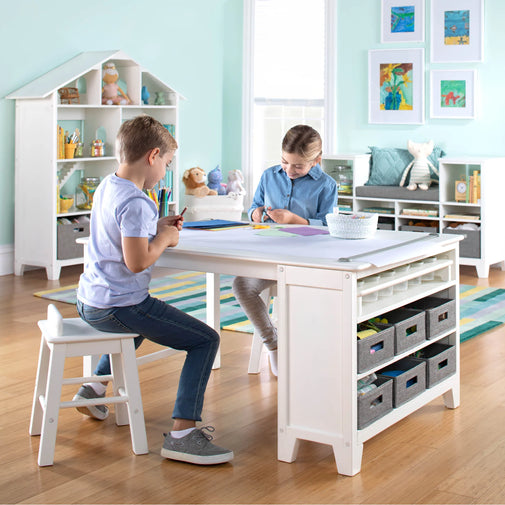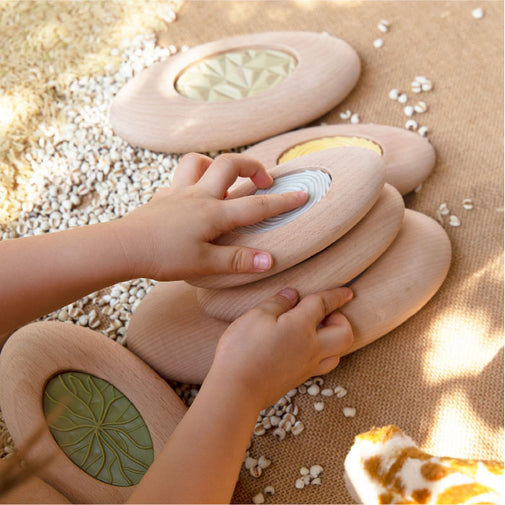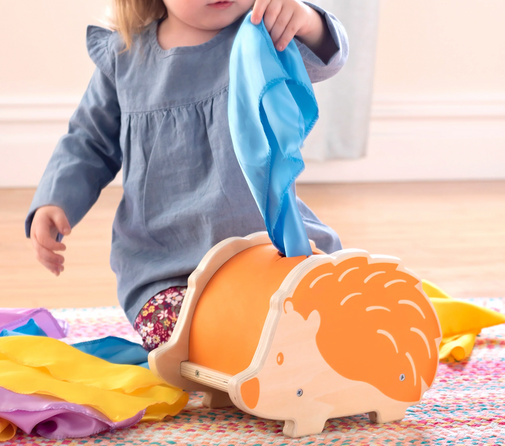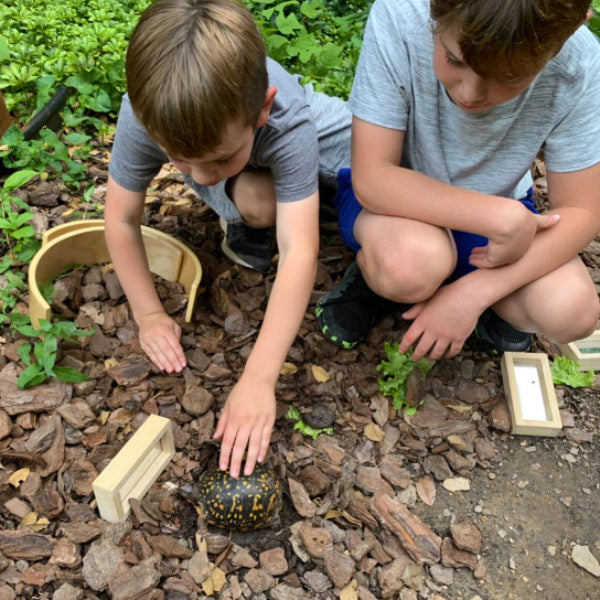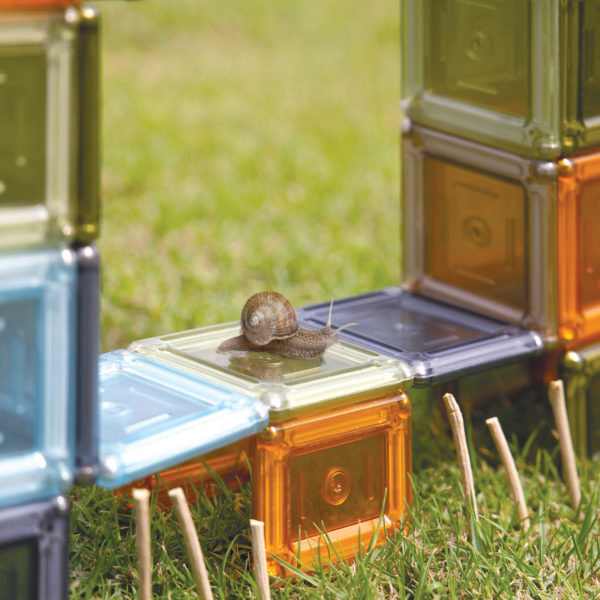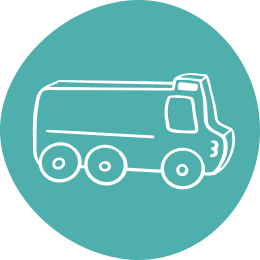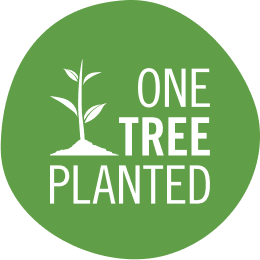Learning with Nature: The Science of Mud

Play, especially messy play, is often under appreciated in children’s learning. This is particularly true when it comes to playing with mud. Adults focus on the mess (and associated cleanup) and seem to miss the rich learning. Yes, the play is messy but there are so many learning opportunities – particularly related to science.

Science is about making sense of the world. This sensemaking happens by asking questions, investigating, generating explanations, and then communicating ideas with others. These steps inevitably lead to more questions, more investigations, and new, more refined explanations. In other words, science is cyclical and never ending. Mud play is a prime example of the power of science learning in play.
From a child’s perspective mud play means mud pies, mud houses, building ponds and rivers, sandcastles, and all sorts of other mud creations. In mud play, children feel the grit between their fingers (or between their toes if the adults are willing to let them go barefoot). They experience how some mud makes their skin feel tight when it dries and other times the dirt seems to just wipe right off. They may wonder why some mud is thick and sticks together while other just crumbles and falls apart. When children mix soil in water, they may notice it’s super murky, but in time the water clears up.
All of these are prime examples of play and science coming together for learning, but for children this is just play. It’s fun, it’s driven by them, there are no rules 
or desired “outcomes,” and in the flow of the moment. However, we adults can see there is science-based learning happening. We can see they’re beginning to notice the properties of different soil types—hydric soils like found in wetlands hold water whereas in sandy soil the water goes right through. We see they’re experiencing concepts of turbidity, or murkiness of water because of suspended particles. We don’t need to use these scientific terms during young children’s play, though. We simply need to appreciate these foundational experiences — and encourage more of these playful moments. Their experiences become the bedrock (pun somewhat intended) on which other learning can build.
I should mention, if children are asking about terms or concepts then it’s of course perfectly okay to use scientific language. For the most part though, our role as adults is to encourage and support to explore further. So, no, we don’t need to start naming soil types, but we can ask open-ended questions to encourage children’s thinking like, “Why is that mud falling apart?” We can encourage testing out soil from different places—the woods versus by the driveway. What if we mix different kinds of soil? Can we layer the soils like a cake? What happens when we add water?

Adults can also support children’s mud play by adding materials and loose parts to the environment to help extend children’s play. Some ideas include things for stirring like spoons and whisks, containers in a wide variety of and that can and can’t be seen through, and tools for pouring and measuring like measuring cups, graduated cylinders, balances, and eye droppers. Oh, and don’t forget about sieves and filters and fun things like magnifying glasses!
All this is to say with minimal effort, we can provide an environment rich for children’s science exploration and experimentation. In doing so, children will be learning with nature where the natural world is teaching them more than we as adults can. Yes, mud play is messy, but children are washable, and the learning is vital for young children.



